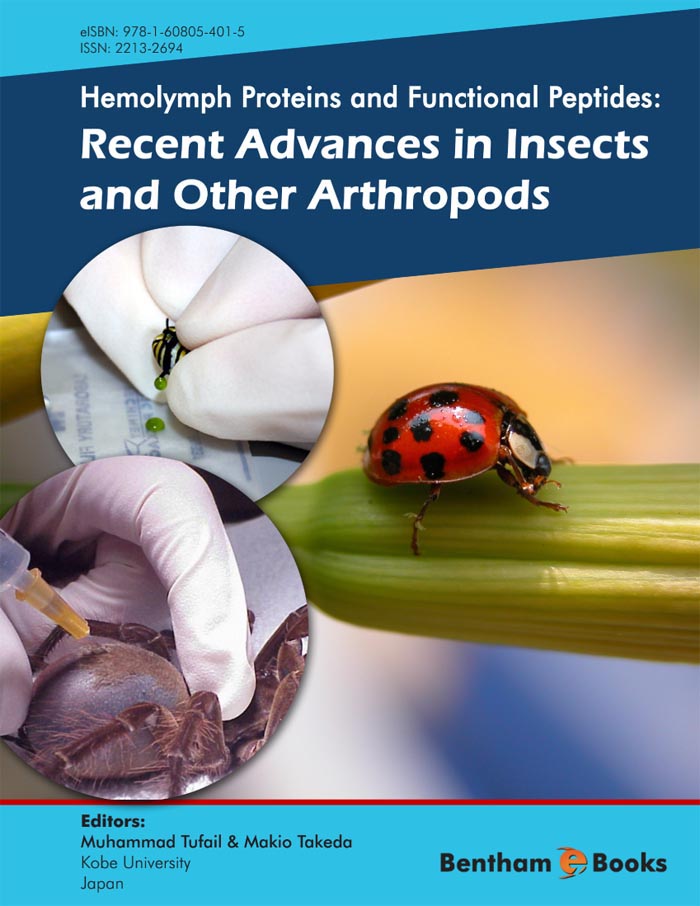Introduction
Recent molecular studies have revealed an overwhelming role of hemolymph proteins and functional peptides in invertebrate physiology. This is mainly due to the large assortment of biomolecular factors each with a different structure and function. In addition there is a multitude of genes encoding for hemolymph proteins and functional peptides. Hemolymph proteins and functional peptides: Recent Advances in Insects and other Arthropods elucidates the physiological role, both at biochemical and molecular levels, of hemolymph proteins and functional peptides in reproduction, development, homeostasis, hibernation, migration, immune system, and in abiotic stress tolerance of insects and other arthropods. Readers gain an opportunity to find out how insects or other arthropods benefit from these biomolecular instruments for physiological processes, and how they endure and respond to the environmental stress. Recent research developments from a wider range of recognized authors and laboratories actively pursuing research in the field have been gathered and presented in a single volume. This e-book is a unique compilation of research on the biological role of numerous and diversified hemolymph protein molecules and peptides. This e-book will be equally interesting to students and researchers working in universities and other research stations in fields of entomology, zoology and physiology.

